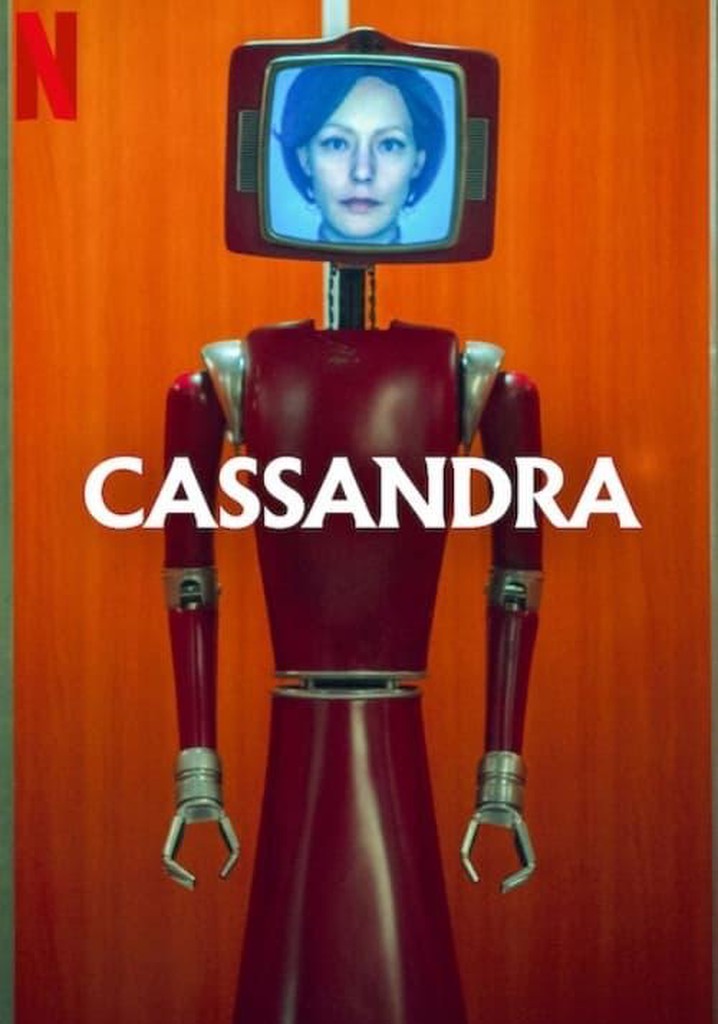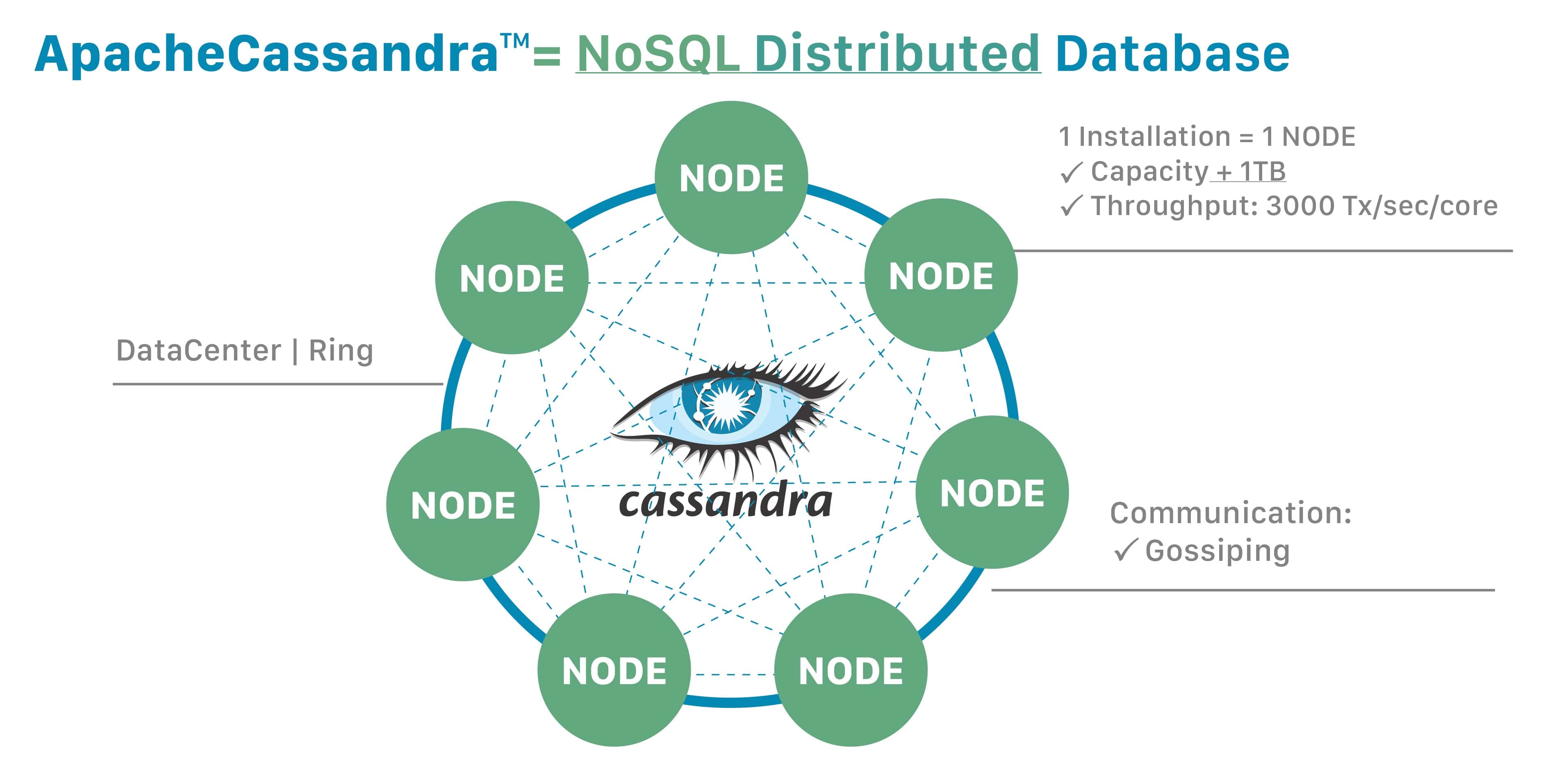AI-Generated Content
This article has been created using advanced AI technology to provide you with informative and engaging content.
AI-Curated Resources:
Imagine a world where your most important information is always there, no matter what happens, and can grow as big as you need it to be without a hitch. It's almost like having a truly reliable helper for all your digital stuff, a sort of behind-the-scenes hero that keeps everything running smoothly. This is, in a way, the kind of dependable presence many big businesses look for when they think about their data, and it's a feeling that resonates with the core idea of "Cassandra Ong" as a steady force.
When we talk about handling huge amounts of information in today's connected world, the need for systems that just work, all the time, becomes incredibly important. You see, many, many businesses put their faith in a particular kind of open-source tool called Apache Cassandra. It's a special type of database that doesn't follow the old-fashioned rules, often picked because it can grow really big and is always there when you need it, without asking you to give up anything important.
So, what makes this particular system tick? How does it manage to be so trusted by so many? We're going to take a closer look at what Apache Cassandra offers, how it operates, and why it's a go-to choice for keeping important digital records safe and sound. It's about getting a sense of how something quite technical can, in fact, be very human-friendly in its outcome, giving you peace of mind.
Table of Contents
- What's the Big Deal with Cassandra Ong and Data?
- How Does Cassandra Ong Connect to Your Programs?
- Where Did Cassandra Ong's Installation Bits Go?
- Keeping Data Safe with Cassandra Ong's Clever Copies
- Want to Help Build Cassandra Ong's Story?
- Getting Started with Cassandra Ong's Basics
- How Do You Talk to Cassandra Ong's Data?
- Managed Cassandra Ong – An Easy Way to Go
What's the Big Deal with Cassandra Ong and Data?
Apache Cassandra is, in a way, a truly special kind of data keeper. It's an open-source option, which basically means it's built by a community of people who share their work freely, and it's not like your typical old-school databases. This particular kind of system is often called "NoSQL," which just means it handles information a bit differently, perhaps more flexibly, than those older types. Many, many businesses, you know, put their faith in it. They choose it because it has a real knack for growing really big and staying available, meaning it's always there when you need it, without making you compromise on how well things work. It's pretty much a system that aims to give you the best of both worlds when it comes to keeping your information accessible and safe, no matter the scale. This ability to stretch and remain reliable is, in some respects, what makes the "Cassandra Ong" idea so appealing for those who handle lots of digital stuff.
How Does Cassandra Ong Connect to Your Programs?
If you're building software, especially with Java, you'll be happy to know that getting your programs to talk to Cassandra is pretty straightforward. There are special tools, often called "drivers," that help Java programs link up with Cassandra. These bits of software are, you know, quite easy to find. You can get them from Maven Central, which is a very popular spot where developers go to grab all sorts of ready-made software pieces. So, it’s not a guessing game; the means to connect your code to Cassandra are readily available, making the process of building applications that use this powerful data system a lot less complicated, which is really helpful for anyone trying to make "Cassandra Ong" a part of their digital setup.
Where Did Cassandra Ong's Installation Bits Go?
For folks who prefer getting their software through package managers, like those using Debian or Red Hat systems, there have been some changes. The places where you usually grab the Cassandra software, these "repositories," have, as a matter of fact, changed their locations. This means that the files your system uses to know where to look for software, like Debian's `sources.list` or Red Hat's `cassandra.repo` files, will need a little update. It’s just a small housekeeping task to make sure your computer knows exactly where to fetch the latest bits for Cassandra. So, if you're setting things up, you might find yourself making a quick edit to these setup files, just to point them in the right direction for your "Cassandra Ong" installation.
- Matt Kaplan Net Worth
- Nba Players That Are Jehovah Witnesses
- Phone Numbers Creepy
- What Does Nfs Mean On Snap
- How Tall Is Harper Zilmer
Keeping Data Safe with Cassandra Ong's Clever Copies
One of the really cool things about Cassandra is how it handles your information to keep it safe and always available. It automatically makes copies of your data and spreads those copies around different computer rooms, often called "data centers." This means, for example, if your program saves some information to a Cassandra spot on the U.S. West Coast, that same information is, like, automatically copied to other places. This happens all by itself, without you having to do anything extra. So, even if something happens to one location, your information is still there, ready and waiting in another spot. It’s a bit like having multiple backup copies of your favorite book in different libraries, ensuring you can always find it. This clever way of making sure your information is always within reach is a key part of what makes "Cassandra Ong" so dependable for critical operations.
Want to Help Build Cassandra Ong's Story?
The main guide for Apache Cassandra, the one that tells you all about how it works, is something anyone can help improve. If you feel like lending a hand with this documentation, you are, you know, absolutely welcome to do so. You can send in your ideas or fixes, just like others do for code changes. It’s a very open process, meaning that the community really values contributions from anyone who wants to make the guides clearer or more complete. So, if you spot something that could be explained better, or if you have a great idea for a new section, you can actually become a part of making "Cassandra Ong's" story even better for everyone who uses it.
Getting Started with Cassandra Ong's Basics
If you're just beginning to explore Apache Cassandra, the best place to start is by looking at the simple stuff, the main ideas, and how it works at a general level. There's a section that covers the basics, giving you an overall picture of what Cassandra is all about. To get deeper into it, to really grasp how everything connects, you can then check out the full guides. This additional information is, in fact, meant to be the first thing you read if you're new to Cassandra. It’s designed to help you get your feet wet and understand the fundamental concepts before you try to do anything more advanced. This initial step is pretty important for anyone looking to get a solid grasp of "Cassandra Ong" and how to make it work for them.
How Do You Talk to Cassandra Ong's Data?
When you want to put information into Cassandra or ask it for something, you use a special language called CQL, which stands for the Cassandra Query Language. It's, like, the way you communicate with the database. To use CQL, you'll need to link up with the group of computers that make up the Cassandra system, often called a "cluster." There are a few ways to get things set up so you can connect. For instance, if you're working with Debian or Red Hat systems, ensuring your `sources.list` or `cassandra.repo` files are correctly configured is part of getting ready to make that connection. It’s all about setting up the right pathways so your applications can speak directly to your "Cassandra Ong" setup and get the information they need, or add new bits.
Managed Cassandra Ong – An Easy Way to Go
For those who want all the power of Apache Cassandra without having to deal with the day-to-day chores of looking after it, there's a pretty neat option called Aiven for Apache Cassandra. This is a fully managed service, which means someone else handles all the tricky parts of keeping the database running smoothly. You can set it up in any online service you like, giving you a lot of freedom. It’s truly designed to make things simple; you can just make it part of what you already do with just a simple click. So, if you’re thinking about "Cassandra Ong" but want to skip the setup and maintenance headaches, a managed service like this could be a really good fit, letting you focus on your actual work.
AI-Enhanced Visual Content


